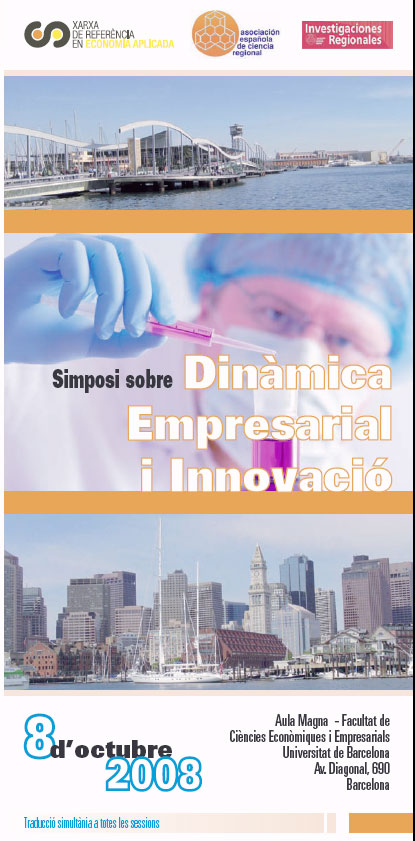At present, Spain faces one of the key moments in planning the future design of the infrastructure network. As a consequence of the critical role played by haulage in intra-European trade, the most important investments are those that guarantee that road haulage traffic can move freely at the borders. That is why it is necessary to make serious evaluations of the economic and social profitability of these investments. Normally the most significant social benefit of investment projects in transport infrastructure is time saving, which in turn changes traffic intensity. In this article we analyse the changes in the user excess caused by public investment in transport infrastructure planned by the Spanish government and which will be located on the border between Spain and France. In particular, we study the increase in network user surplus for HGV traffic in the Spanish and French border zones in the Pyrenees.
Christian Durán Weitkamp (GRIT), Mònica Martín Bofarull (GRIT), Federico Pablo Martí

